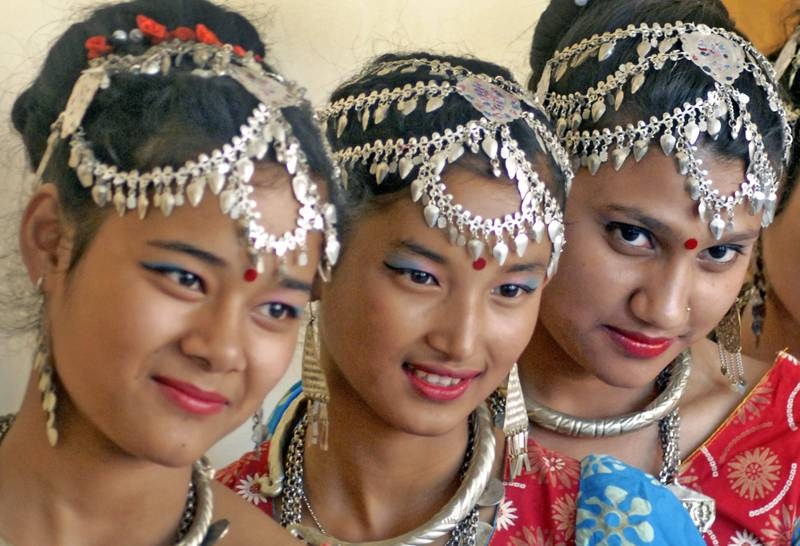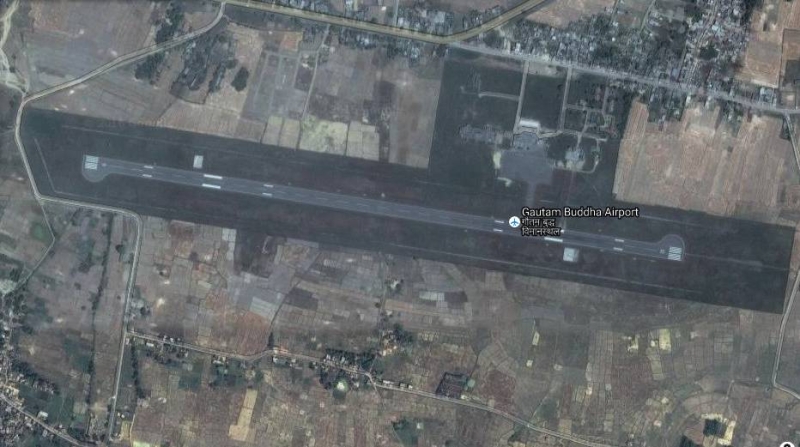EDITORIAL: White Jade Buddha
We will not be able to reap benefits from the GBIA if we further delay in carrying out calibration flights within November
ByPublished: 10:45 am Nov 02, 2021
On her religious trips to Muktinath and Lumbini, the birthplace of Lord Buddha, President Bidhya Devi Bhandari unveiled the 'White Jade Buddha' statue on the premises of the under-construction Gautam Buddha International Airport (GBIA) amidst a function on Sunday. Addressing the function, Bhandari underlined the need to frame a masterplan for the development and protection of Lumbini, a UNESCO World Heritage Site. The White Jade Buddha, worth Rs 2.5 billion (US$ 21.6 million), is studded with other precious stones and weighs 1,800 kilograms. The 1.9 metre high and 60 cm wide statue was gifted by the Myanmar government in coordination with Lumbini Garden Foundation, a non-governmental organisation founded in Spain four years ago with a view to disseminating information about the Buddha's birthplace all over the world. The Buddha statue, known as Mahakaruna Buddhamurti, which was carved by a Myanmar-based mining company, Malwin Group, has been installed beside a Chaitya that lies between the Departure and Arrival buildings. Chairman of Extremadura Province, Spain Blanca Martin and her entourage as well as Nepali dignitaries were also present on the occasion. The Nepal government bore no financial burden while the Foundation spent US$ 12,000 for its shipment from Myanmar.
Mahakaruna Buddhamurti, or White Jade Buddha, has added one more feather in the GBIA's cap, which functions as the gateway to Lumbini. This statue will be the centre of attraction for all visitors, especially Buddhist pilgrims whose ultimate goal is to visit Buddha's birthplace in their lifetime.
However, sad to say, the airport, a national pride project, has not come into operation although it has already completed more than 97 per cent of its work that started in 2014 with financial assistance from the Asian Development Bank. The construction of the GBIA could not be finished on time initially due to a row between the Chinese contractor and a local agent, massive earthquake and border blockade for several months in 2015 and the outbreak of the coronavirus, which stalled works at the GBIA. Now, the authorities are waiting for the calibration flights before regular commercial flights can be started from various countries, mainly the nine Buddhist countries in South-East Asia, Sri Lanka, China and Japan.
One of the major problems the GBIA faces ahead is the non-clearance of air routes from India. Nepal is seeking air routes to the GBIA from Janakpur in the east and Kanchanpur in the west. If these air routes are allowed by India, it would be cost effective to operate international flights from the GBIA. The Nepal government should not delay in holding meaningful talks with India to secure these two routes to make this airport fully operational. India has already started international flights from Kushinagar, where the Buddha attained Mahaparinirvana after his death.
We will not be able to reap benefits from this multi-billion rupee project if we further delay in carrying out the calibration flights within November, the deadline set by the project. At the same time, the concerned agencies should also come out with a robust business plan for its smooth operation.
Urban development
Urbanisation in Nepal is taking place at breakneck speed, with nearly two-thirds of the country's total population residing in 293 municipalities today.
However, Nepal's urban areas are nothing more than a concentration of people and see nothing of the planning that needs to go into their development.
Many of the municipalities would not qualify to be one, lacking as they do in essential urban services such as drinking water, sewerage, reliable electricity and waste disposal system. They were proclaimed municipalities for political reasons that benefited the locals by the instant hike in land prices.
We cannot allow cities and towns to develop the way Kathmandu has gone, which has converted itself into a concrete jungle. Once a green valley with a rich cultural heritage, air and river pollution, unmanaged waste and slums have only aided in marring its beauty.
Thus, we need to build well-planned cities that are also environment-friendly. It's not that successive governments have not committed to building such towns, however, the political will has been lacking.
Land pooling, introduction of clean transport and putting a stop to haphazard construction would go a long way in creating livable urban spaces.
A version of this article appears in the print on November 02, 2021, of The Himalayan Times.



